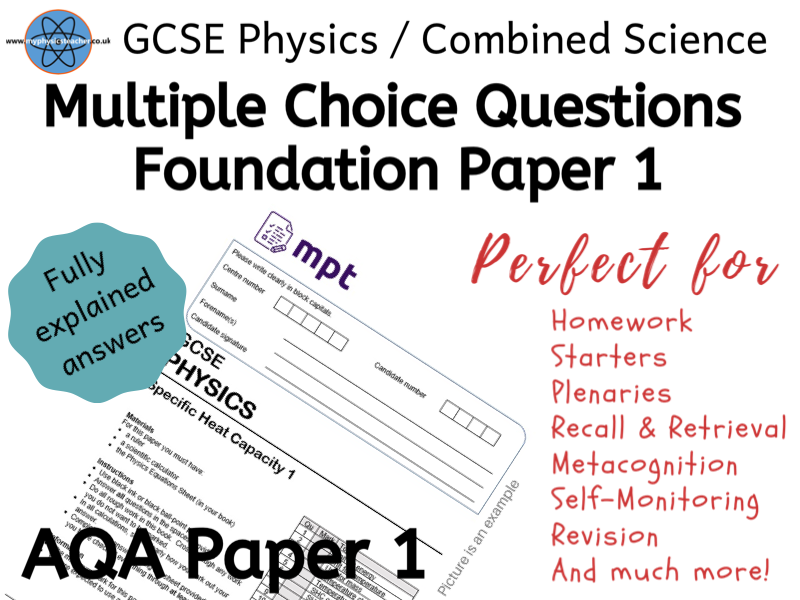MyPhysicsTeacher.co.uk Shop
Physics made simpler. An outstanding physics teacher who loves using data with a purpose. My resources allow for easy marking and tracking of information to further inform student progress. Fully explained answers also help with learning, whether you are a student or a teacher!




















